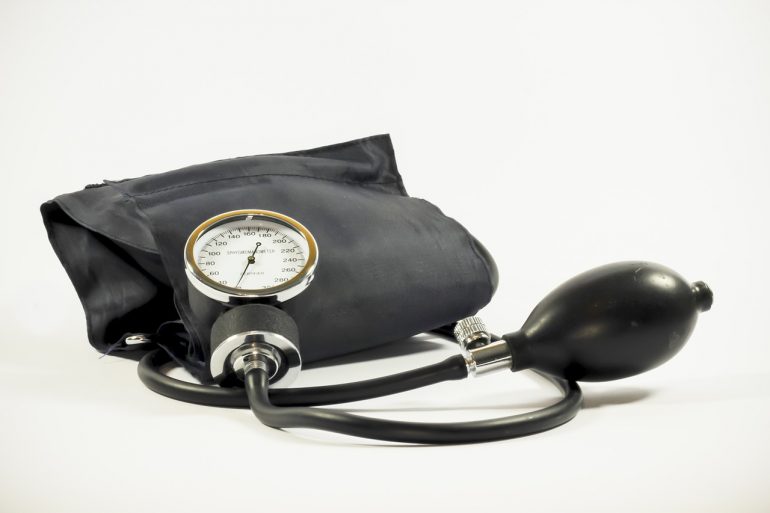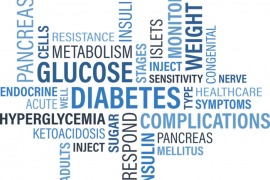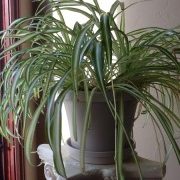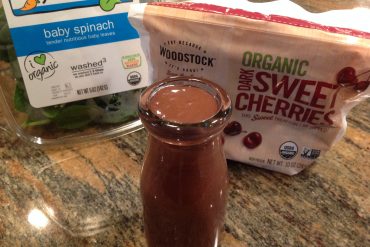Measuring your blood pressure is a relatively painless and quick procedure. You can have it done at your doctor’s office, at your local pharmacy or at home if you have a blood pressure monitor.
How is blood pressure checked?
A blood pressure cuff is placed on your arm above your elbow. The cuff is usually tightened around your arm with a velcro closure. The cuff has a gauge to read your blood pressure. The practitioner will slowly inflate the cuff which will gently squeeze your arm. The pressure only lasts a few seconds.
As the practitioner lets the air out of the cuff, they will listen to your pulse with a stethoscope and monitor the gauge.
In addition to a doctor’s visit you can also check your blood pressure at many pharmacies or with an at home monitoring device.
What do the numbers mean?
When you get your blood pressure checked, you get a reading such as 124 over 80. What do those numbers mean? Blood pressure is checked by measuring two numbers, systolic and diastolic numbers. Systolic is the measurement of pressure in your blood vessels when the heart is beating. Diastolic reading measures the pressure of the blood vessels in between heart beats.
So if your monitor reads 124 systolic and 80 diastolic, the measurement would be 124 over 80. You can learn more about monitoring your own blood pressure here.

Risk factors of developing high blood pressure
There are numerous factors that can contribute to an increased risk of high blood pressure (HBP). Some such as family history are uncontrollable, but others you can control.
Controllable risk factors:
Diabetes
High cholesterol
Overweight
Physically inactive
Smoking or exposure to second hand smoke
Unhealthy diet
Challenging or uncontrollable factors:
Chronic kidney disease
Gender (male)
Family history of HBP
Increased age
Medication
Sleep apnea
Stress

How can I manage HBP?
Talk with your doctor about lifestyle changes that need to made. Set realistic goals, so you can stick with the recommended changes.
Know your healthy blood pressure range.
Monitor your blood pressure.
Stop smoking and avoid second hand smoke.
Become more physically active. This is where realistic goals come into play. If you don’t exercise at all, start slow and work up to realistic goals to achieve success. Try to exercise at least 2 hours per week. Breaking this up into small manageable chunks of time that fit your schedule will work best.
Avoid alcohol.
Eat a healthy, fresh food diet. Avoid processed foods which are high in fat, salt, sugar and preservatives.
Natural Support for HBP
Mediterranean Diet- This diet is high in vegetables, fruits, sea foods and omega 3 rich oils. Foods such as olive oil, wild caught fish, flax, fruits and vegetables help to naturally blood pressure.
COQ10-This is a critical antioxidant for heart health. Two to three hundred milligrams is a great option for those with high blood pressure or for anyone who is on a medication to lower cholesterol levels.
Magnesium-This is an excellent supplement for a number of reasons, it helps regulate your bowels, naturally relaxes blood vessel and nourishes your body.
Fish Oil-A big contributor to HBP is inflammation. Numerous studies show that consuming fish oil can reduce inflammation in the body. Taking a 1,000 milligram dose of healthy fish oil is a great way to lower blood pressure.
Potassium-A low potassium and high sodium diet can contribute to numerous conditions such as hypertension, high blood pressure and cardiovascular disease. Potassium helps to counter balance the effects of sodium and to help protect against hypertension. Coconut water is actually a great option to help with low potassium levels.
High fiber foods-In addition to managing your food cravings, fiber can help to prevent hypertension, and help with blood sugar irregularities.
Eat out less– Eating at home means you have direct control of your food. You are aware of all of the salt, seasoning and fats used during meal prep. Keeping your meals as unprocessed as possible means real nutrient dense foods, not cheaper quality processed, pre made foods with little to no nutritional value.
Lower sodium-Processed, packaged foods are notorious for additives, coloring and high sugar and salt, all of which can worsen HBP. Consuming too much sodium, can throw off your electrolyte balance.
Hydration– Many of us simply are not drinking water each day. Opt for water in place of soda, juice, coffee or tea. Be sure you are drinking at least eight 8 ounce glasses of water each day.
Managing your blood pressure can usually be achieved by making lifestyle changes. Discuss your concerns with your practitioner and work out a realistic plan of action based on your personal needs and medical history. Many individuals are able to make changes and avoid medication, others are not. Discuss with your doctor a plan you are comfortable with. Remember to go prepared to your doctors visit with a list of questions and concerns.








